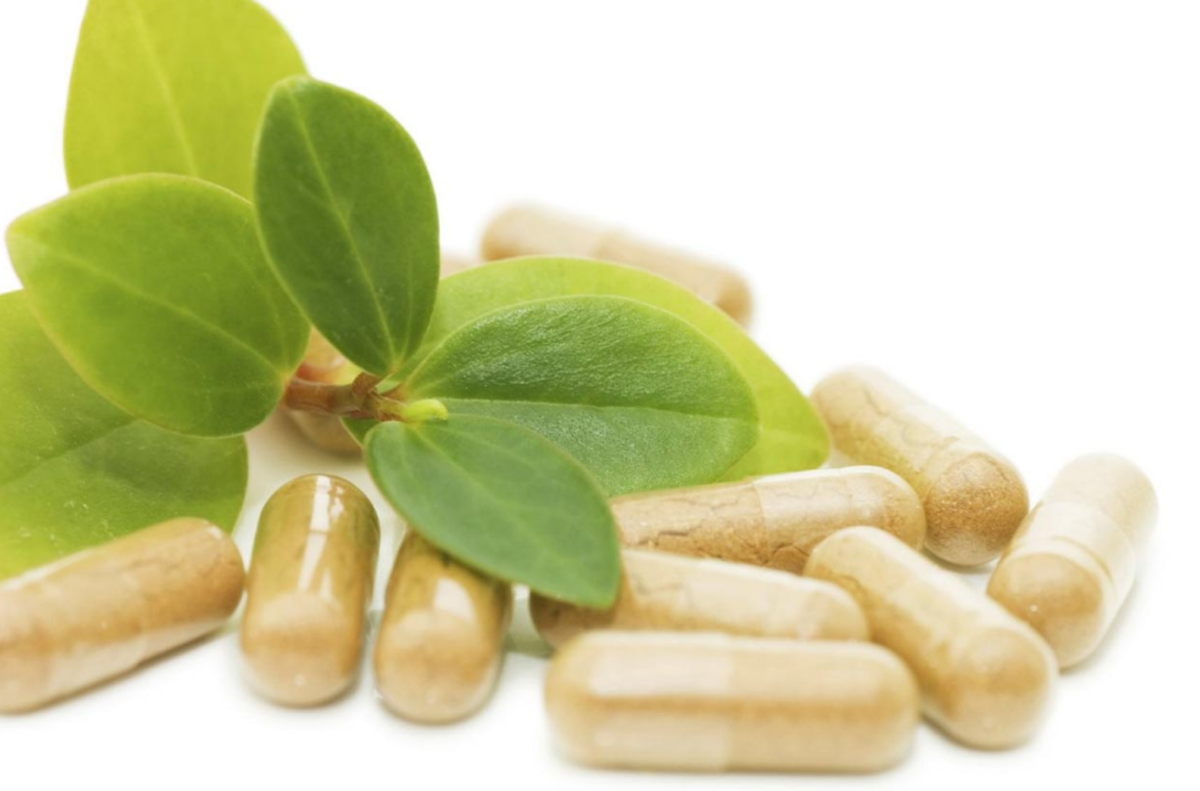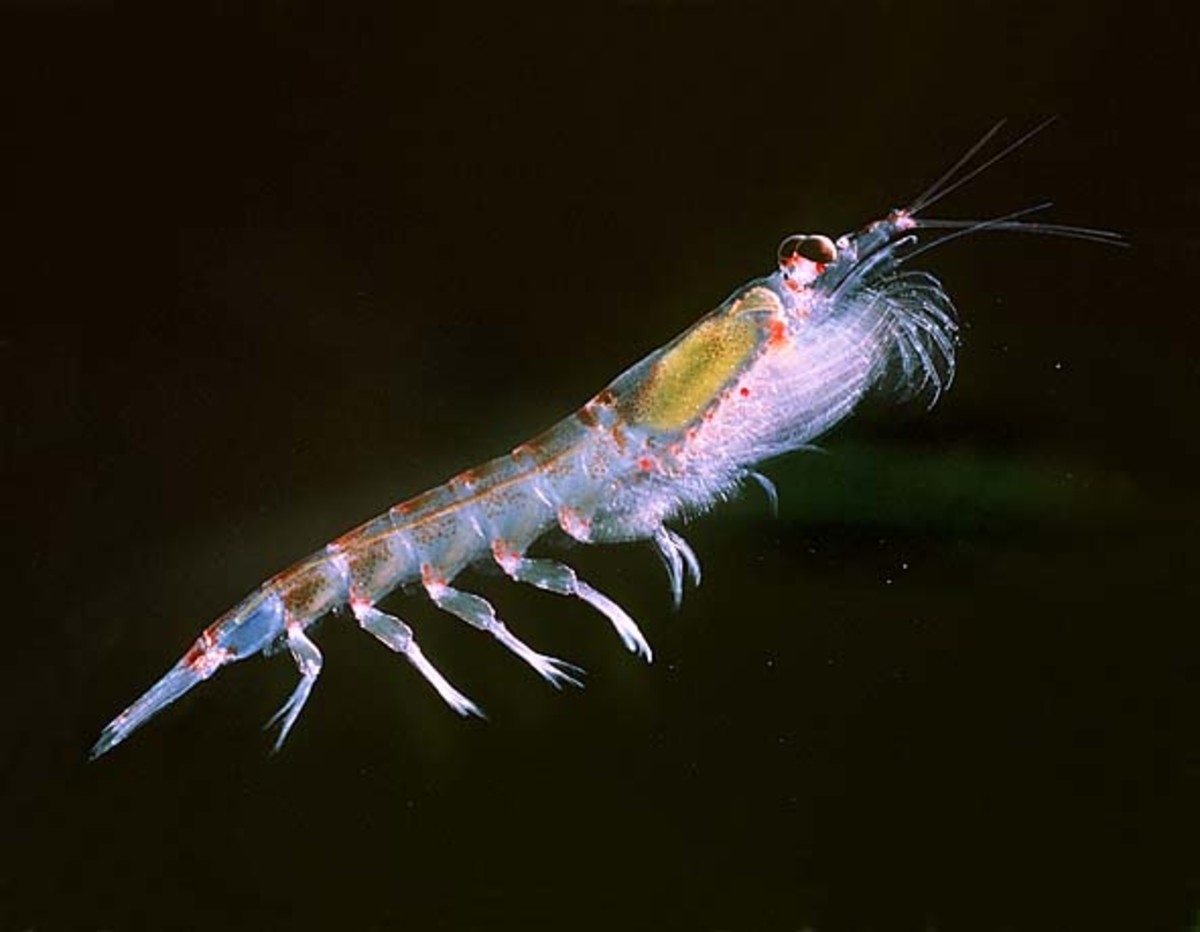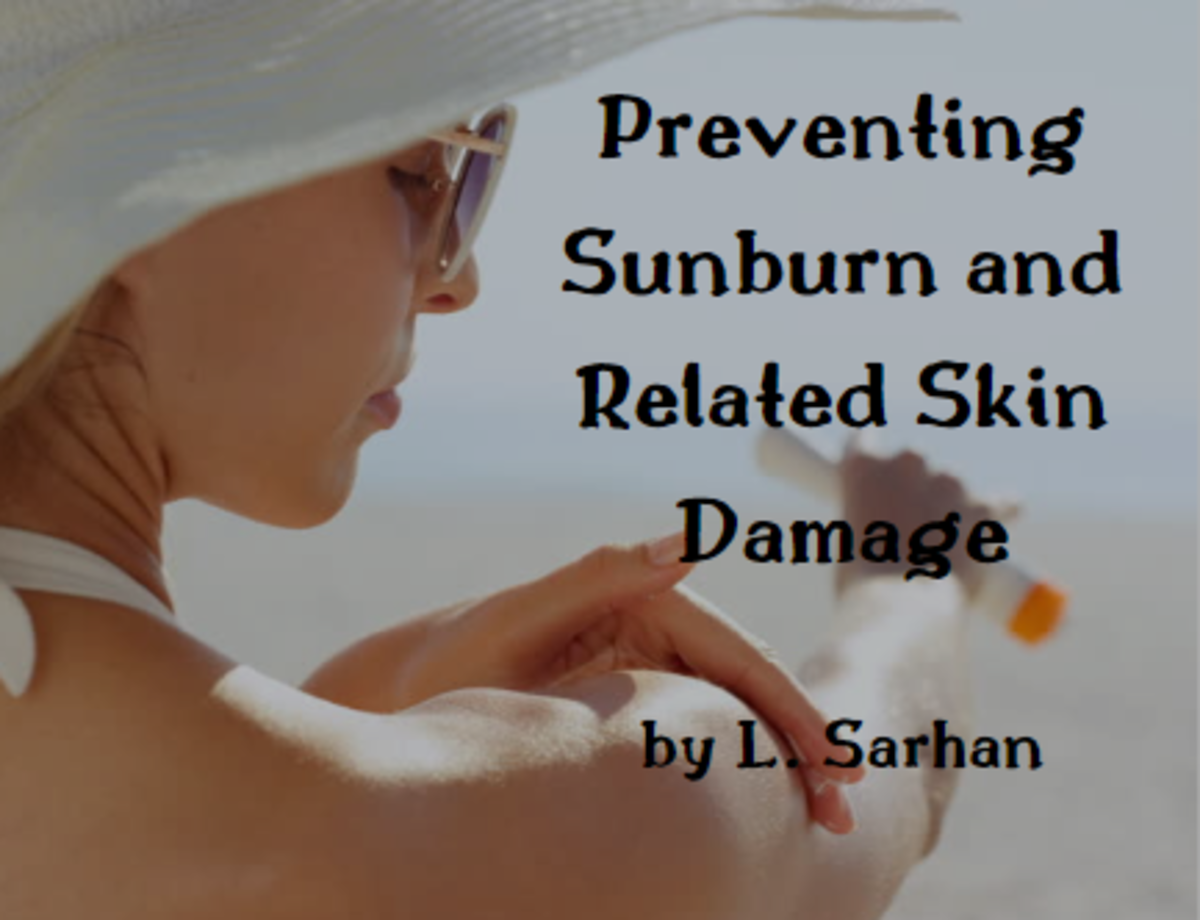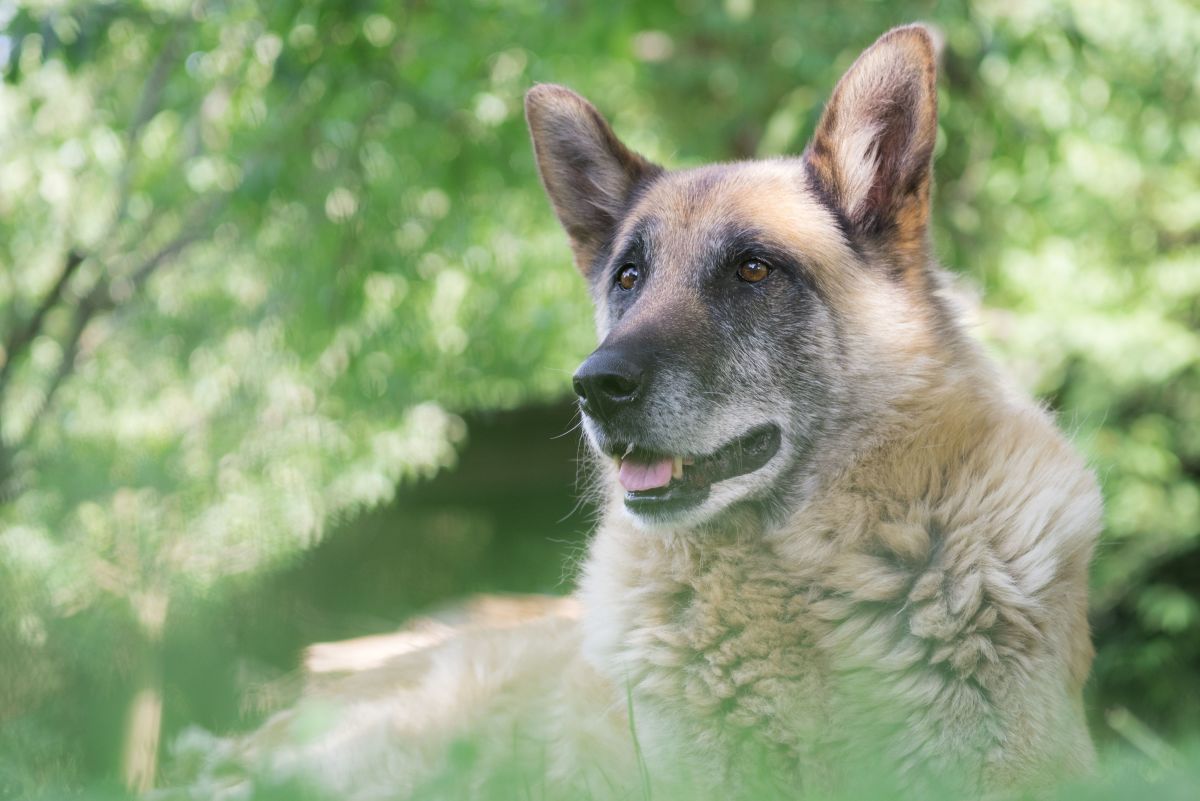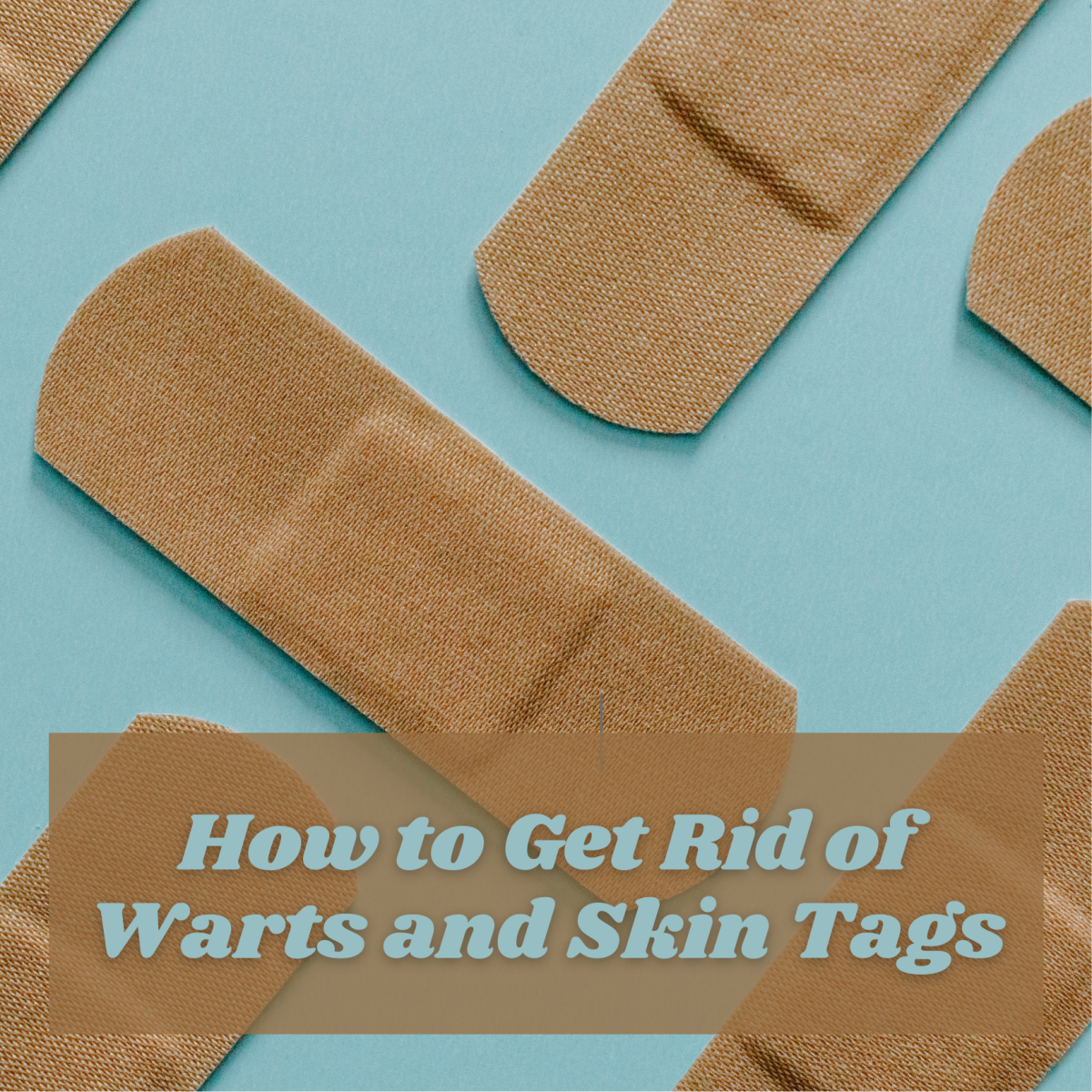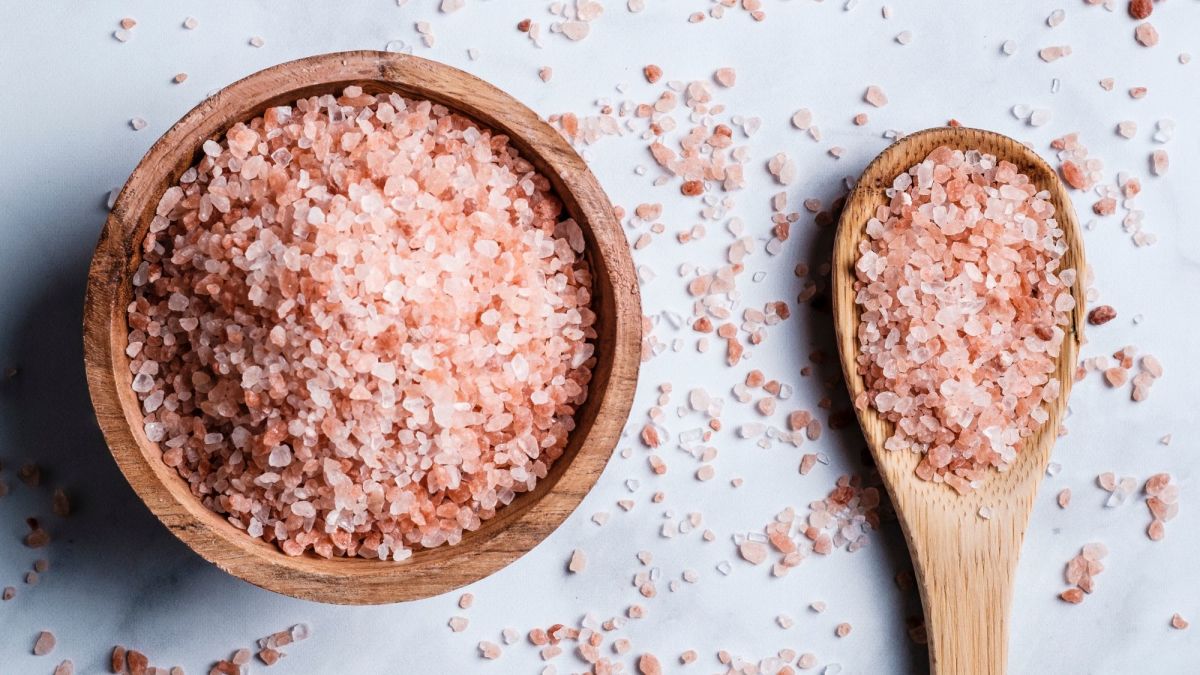The Top Five Causes of Premature Skin Ageing
No one wants to wake up in the morning and ask themselves:
'Who is that person in the mirror with the dull skin and the wrinkly face?'
In order to avoid this daunting question, we have to be aware of the processes that rapidly change our appearance and cause us to age prematurely. Luckily, with enough knowledge and will power, we can learn to age gracefully and stave off a lot of the consequences of ageing - it is very possible to delay ageing in a significant way and one can see this in elderly people who have taken care of themselves in an active way.
So let’s get to it and identify the main causes of premature skin ageing!
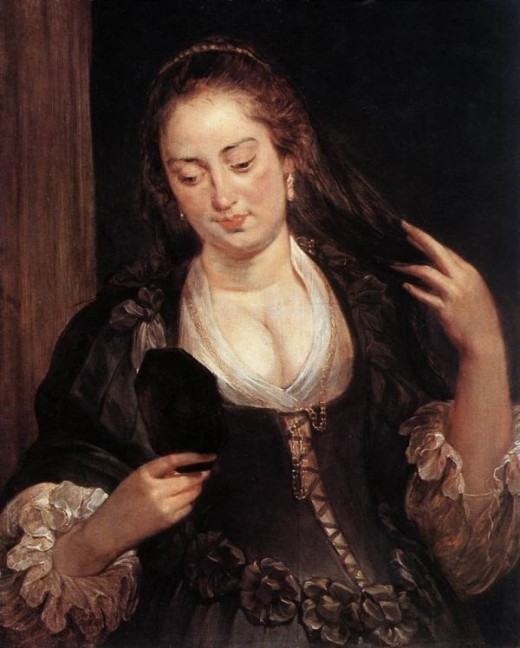
There are two main types of skin ageing: chronological and photo-ageing.
1. Chronological ageing, is the ageing process, that develops over the passage of time. It takes place in our internal organs and is influenced by our genetics, hormonal changes, and metabolic processes.
In addition to that, there are various factors, such as free radicals, stress, smoking, excessive alcohol and skin dehydration, that might significantly accelerate the ageing process, including skin ageing.
2. Photo-ageing is premature ageing of the skin, caused by repeat exposure to ultraviolet radiation (UV) from the sun or from artificial UV sources.
Let’s have a closer look at some of the main reasons for premature skin ageing.
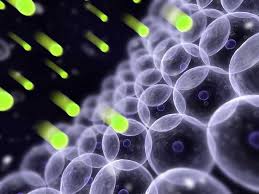
Free radical: an atom or group of atoms that has one or more unpaired electrons. These electrons attach themselves to other cells in the body, breaking them and altering their chemical structure resulting in cell oxidation. This then manifests itself in visible and invisible signs of ageing. Free radicals can even damage our cellular DNA and due to the fundamental function it plays in all organisms, this can lead to endlessly varying problems in our bodies.
Free radicals
Free radicals are either produced in the body due to natural biological processes, for instance, breathing (yikes!), or introduced externally from the environment around us.
Environmental factors - stimulants of free-radical production:
- Sun radiation (UVB/UVA)
- Unmanageable levels of stress
- Tobacco smoke
- Dehydration
- Extreme weather
- Air pollution
- Toxins
- Lack of sleep/Irregular sleep pattern
- Unhealthy diet
- Physical exhaustion
The skin is particularly susceptible to free radicals because they break down the collagen molecules of the skin and restructure them in a way that make them lose the skin's elasticity and tautness.
This results in the texture of the skin becoming dry and wrinkly, which is when we say the skin has 'aged'. In truth, however, the skin has simply been damaged by the free radicals - this damage can of course occur at any age.
Collagen is a type of protein fibre found abundantly throughout our body. It provides strength and cushioning to many different areas of the body, including the skin. More specifically, collagen is found in our various types of connective tissue such as cartilage, tendons, bones, and ligaments.
Smoking
Smoking dehydrates the skin at a deep level and deprives it of essential nutrients and oxygen, all of which causes premature ageing. More than that, smoking alters the skin DNA repair process, leading to the breakdown of collagen (the main structural protein of the skin) and damage the elasticity of the skin tissue (elastin fibre). All of the above results in premature lines around the mouth and wrinkles around the eyes.
Some researchers claim that even passive smoking is very damaging for your skin since it also reduces the blood flow to the skin and depletes the supply of oxygen and vitamin C, which plays a vital role in the formation of collagen.
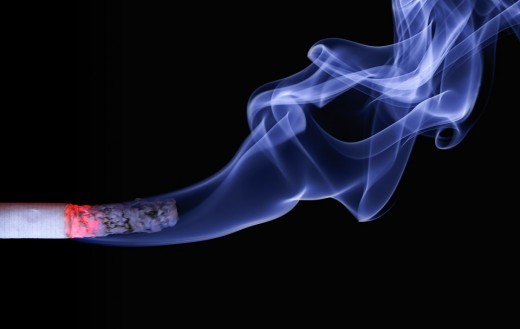
Harsh weather
In extreme weather conditions cell renewal process slows down, as a result the skin becomes thicker and less vibrant.
If you are living in a harsh climate, you might have noticed that the tone and texture of your skin visibly changes in the winter months. This is also due to a decline in the production of elastin, collagen and also natural skin oils, called lipids.

Exposure to the sun
Let us start with a harrowing fact: sun exposure accounts for up to 70% of skin ageing!
I am afraid it’s all a bit of BIG bad news for all of you sun-worshippers out there. But since (in our enlightened age) we moved away from the notion that ‘ignorance is bliss’, we are entitled to know the true facts about the sun and its damaging effects on our health, and first and foremost, on our skin.
The sun radiates two types of ultraviolet radiation (electromagnetic waves) which are called ultraviolet A (UVA) and ultraviolet B (UVB). They have different wavelengths and as such their effects on our bodies are different. This is because the length of an electromagnetic wave determines what it will pass through or what it will collide with and have an effect on.
In short, UVB rays cause you to tan and burn, and stimulate the production of Vitamin D. UVA rays go deeper into the skin and though without visual signs, have adverse effects on our bodies. Both types - UVA and UVB - are responsible for ageing of the skin.
A tan is the body’s response to the sun damage to our skin. The really bad news is that the damage takes place at the DNA level and it all adds up over the years and causes premature skin ageing, wrinkles, sun spots, hyper-pigmentation, the degradation of the elastic tissue of the skin (elastosis) and much more serious consequences, including skin cancer.
In my next Hub I will explore the various practices that one can acquire in order to have young and healthy looking skin at any age.

